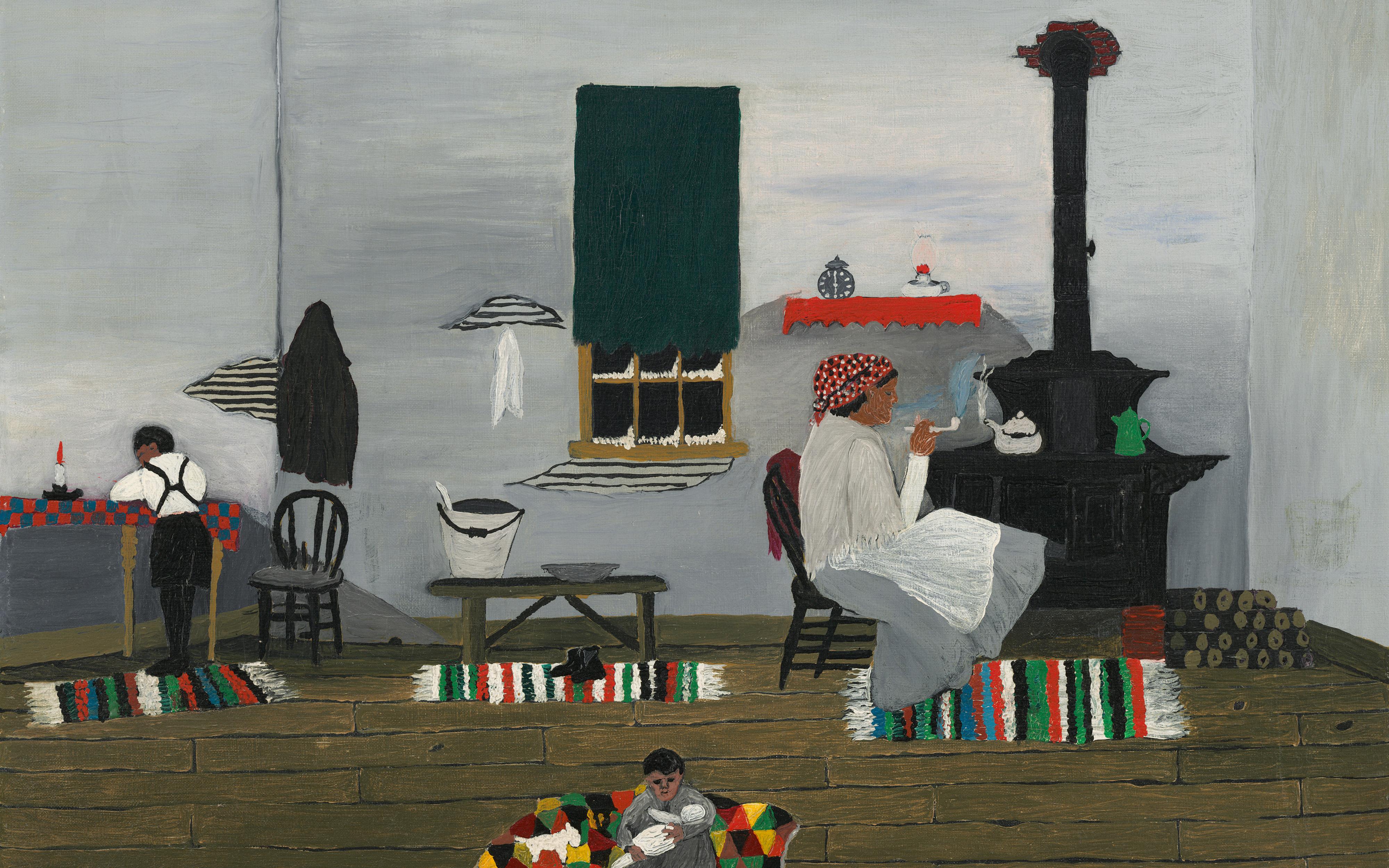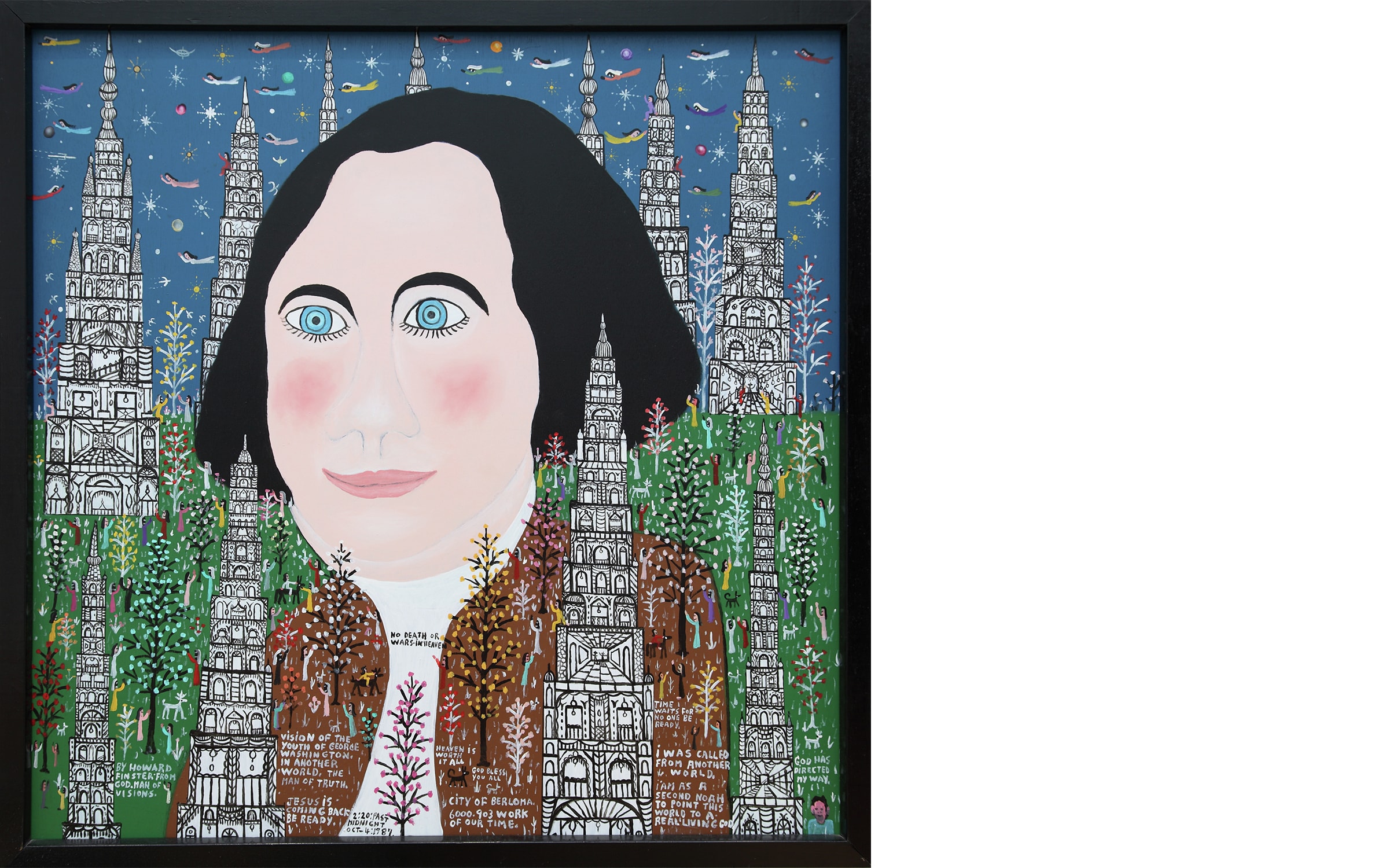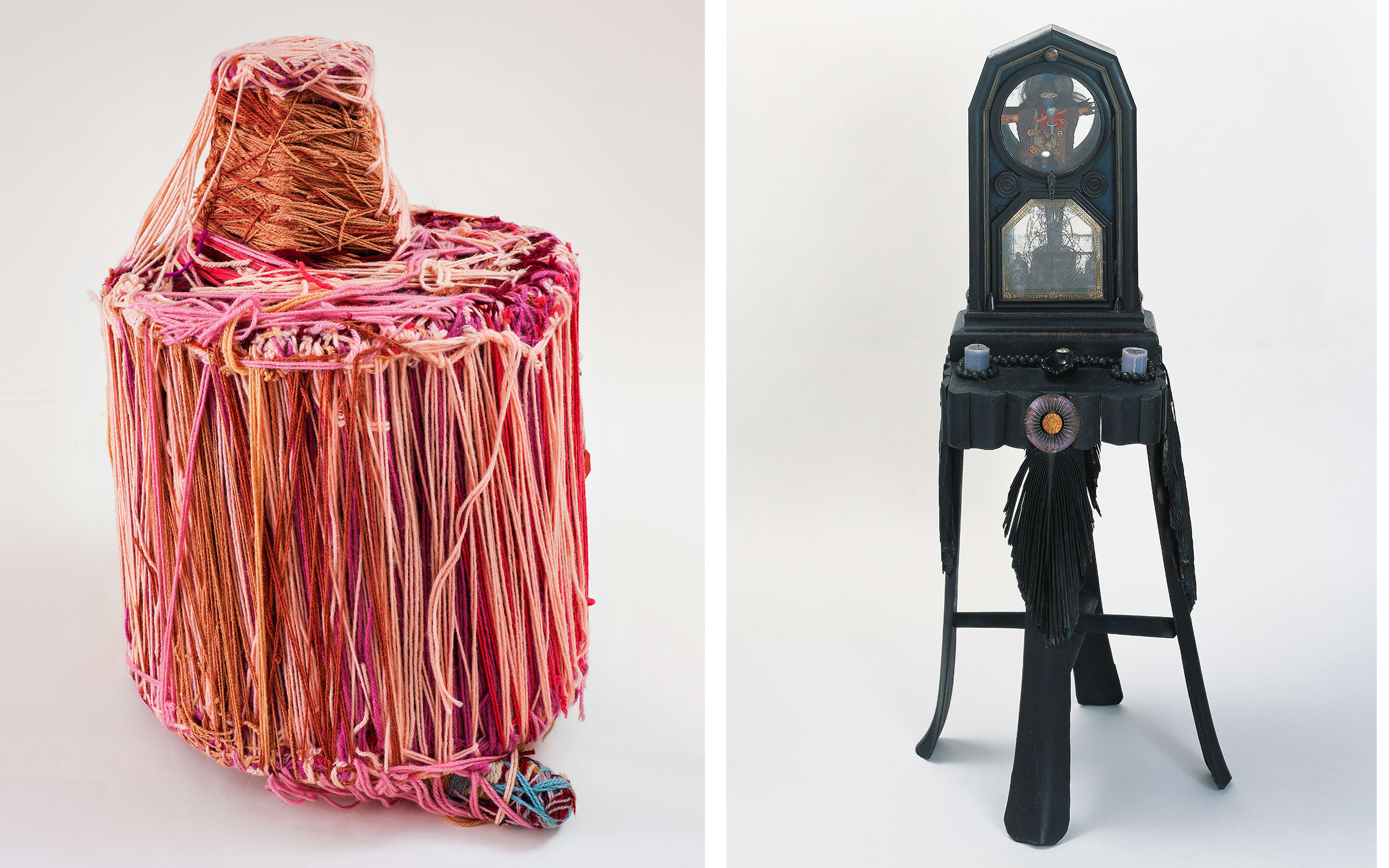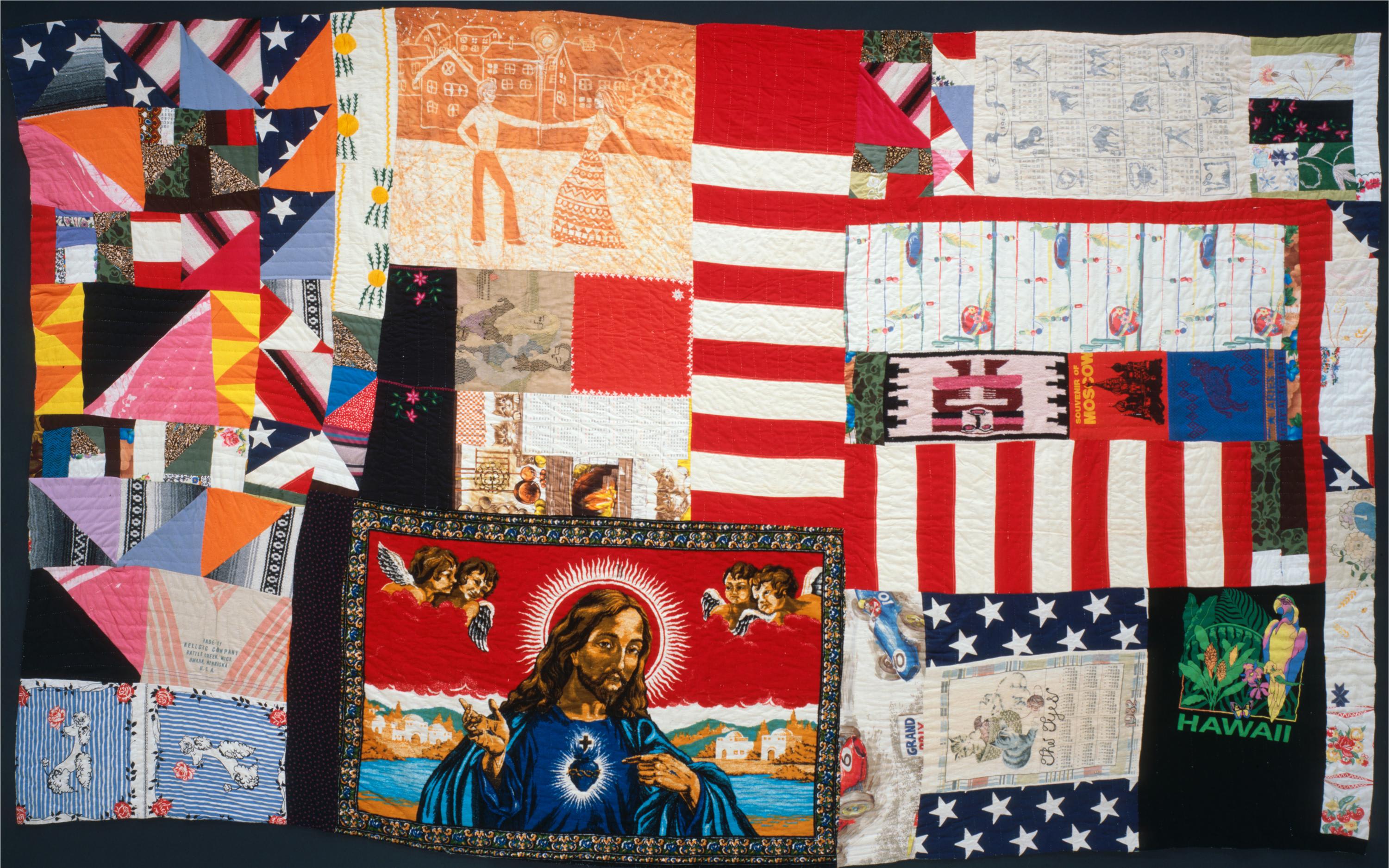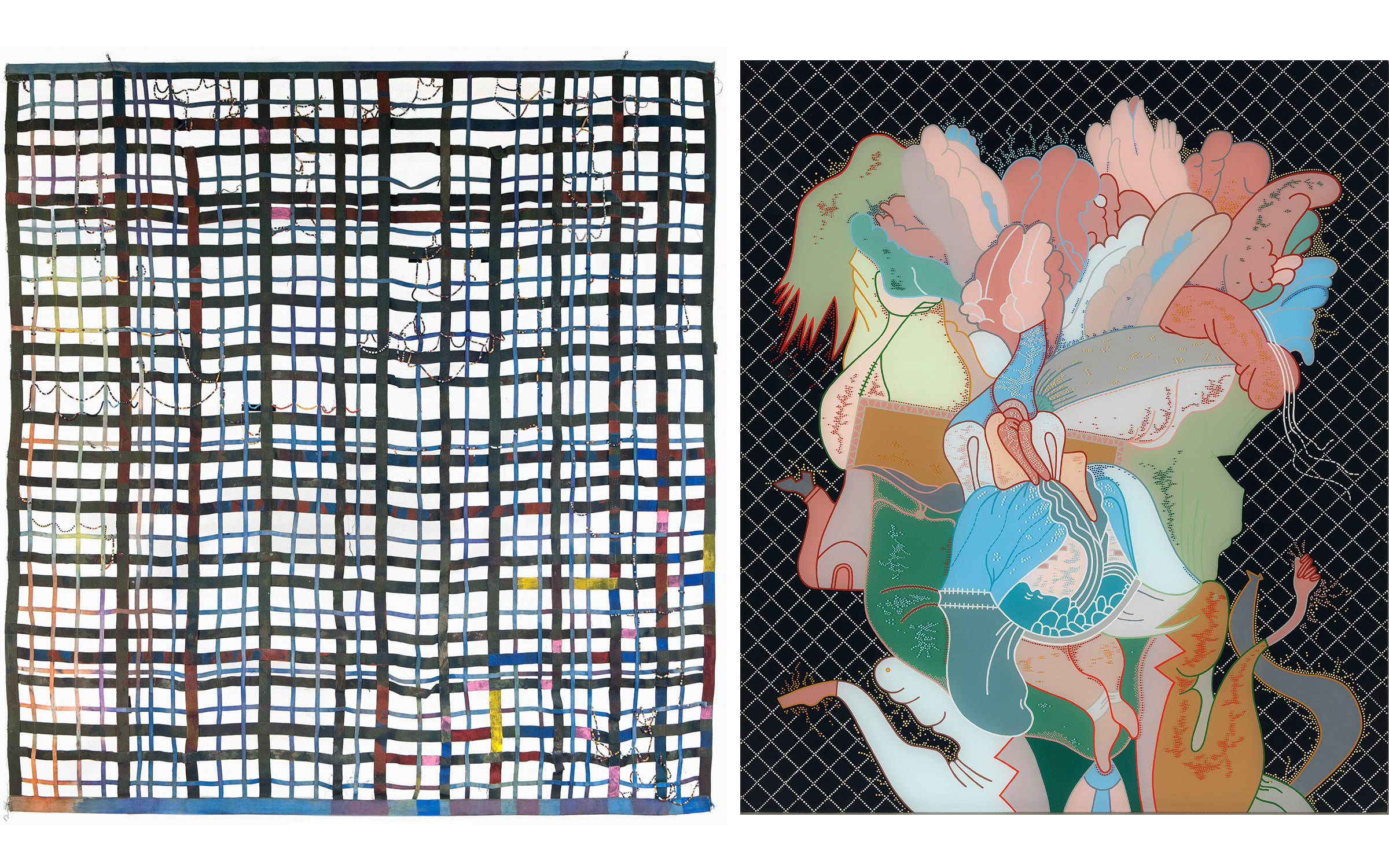From the outside in: How an ‘elastic’ American art field is expanding to accept self-taught, visionary, and outsider artists
The director of the Pennsylvania Academy of the Fine Arts Museum examines the impact of several recent groundbreaking shows on previously marginalized artists, and what this means for our visual culture
Connectez-vous et inscrivez-vous pour recevoir la newsletter Art Basel Stories
